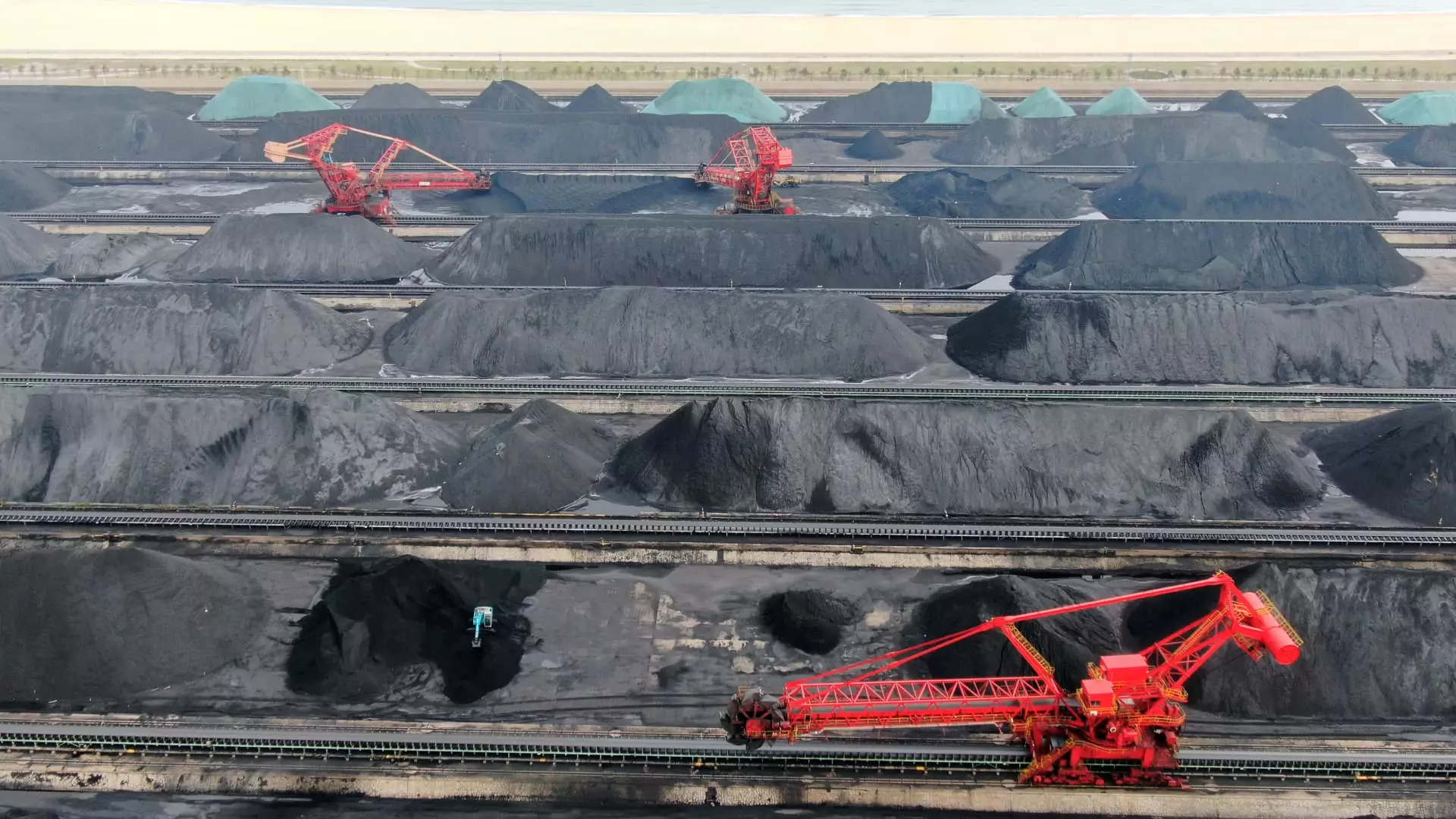The performance of China’s industrial sector has been a significant indicator of the country’s economic health. Recent data shows that industrial profits in China have continued on a downward trajectory, marking a 7.3% decline in November year-on-year. This dip extends an unsettling trend over four consecutive months, raising concerns about the effectiveness of government stimulus efforts aimed at reigniting growth in the industrial sector. Although the decline is slightly less severe than those recorded in prior months—where October saw a dramatic 10% drop and September experienced an alarming 27.1% plunge—this trend remains concerning and requires a nuanced exploration.
Critics argue that despite government intervention, the structural issues within the economy, notably disinflation and sluggish consumer demand, present formidable obstacles for a swift recovery. Suan Teck Kin, the head of research at UOB, highlights that there is nothing unexpected about the ongoing dip in profits, given China’s current economic climate. Yet, there lies a glimmer of hope; Kin suggests that the worst may be over and a potential stabilization could be on the horizon, bolstered by forthcoming stimulus measures. This sentiment reflects a broader optimism that despite the pain of current figures, fundamentals could eventually improve.
Impact of Foreign Investments
A closer look at the data reveals that industrial firms featuring foreign investments, particularly those involving stakeholders from Hong Kong, Macao, and Taiwan, experienced a modest 0.8% decline in profits from January to November. This is a critical observation as it underscores the interconnectedness of China’s economy with global markets, highlighting that declines are not solely domestic issues. Meanwhile, the mining sector endured the hardest hit, with profits plummeting 13.2%, while the manufacturing sector staged a relatively milder contraction at 4.6%.
Contrastingly, the utilities sector—comprising electricity, gas, and water supply—reported a remarkable increase of 10.9% in profits during the same period. This discrepancy raises important questions about market segments that are flourishing, even when broader trends suggest an economic slump. The resilience of the utilities sector may allude to underlying strengths that could potentially buffer the industrial landscape against more acute declines, indicating a possible pathway for recovery in other sectors.
The Macro-Economic Environment
Further complicating the situation is the backdrop of ongoing disinflation and weak consumer confidence that pervades the Chinese economy. The indicators of a sluggish economy are formidable: a five-month low in consumer inflation, disappointing export and import data, and lackluster retail sales numbers. Collectively, these figures paint a picture of an economy in turmoil, grappling with the dual challenges of stunted growth and fragile consumer sentiment. Nonetheless, there seems to be a flicker of resilience, with manufacturing activity expanding for two consecutive months, signaling possible recovery.
Recent economic meetings involving top officials have produced commitments to further monetary easing, which includes strategies like lowering interest rates to foster better conditions for growth. The World Bank has responded to these developments with an upward revision of China’s GDP growth forecasts for 2024 and 2025, raising projections from earlier estimates. Now expecting a growth rate of 4.9% for 2024, alongside a 4.5% growth estimate for 2025, the World Bank simultaneously warns against challenges stemming from a beleaguered property sector and overall trepidation among consumers and businesses alike.
While the data regarding China’s industrial profits appears grim, it is essential to recognize the underlying complex dynamics that shape these figures. On one hand, persistent declines point to severe economic constraints; on the other, emerging signs of activity in certain sectors suggest opportunities for recovery. With strategic adjustments, such as monetary easing and targeted stimulus, there exists potential for renewed economic stability. Nonetheless, the road ahead will require carefully crafted policies that address not only immediate profit declines but also long-term structural issues contributing to economic malaise. China’s industrial sector may be at a crossroads, but importantly, it is a path that must be navigated with both caution and optimism.

